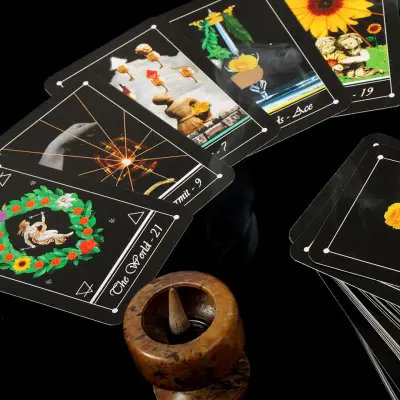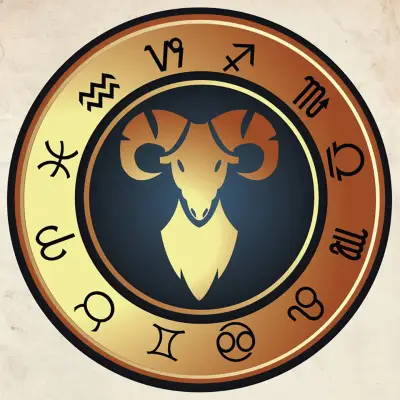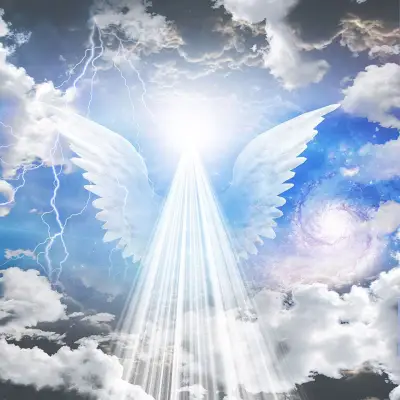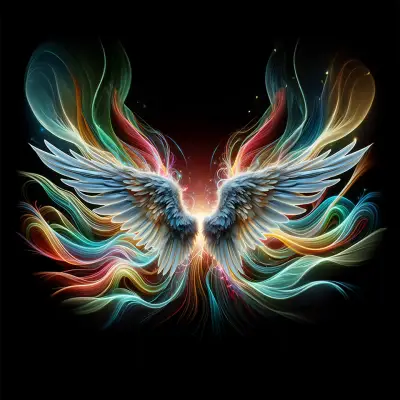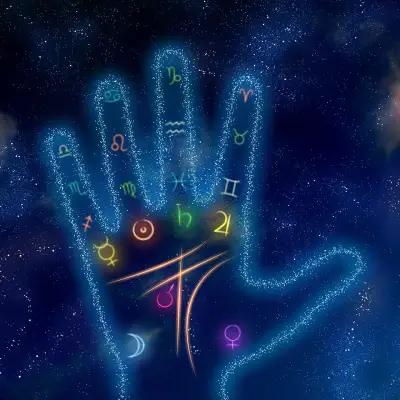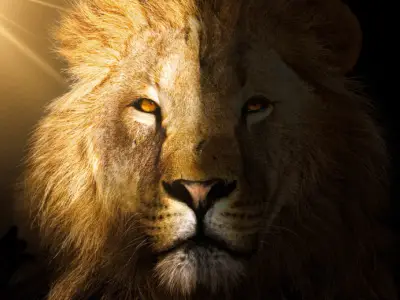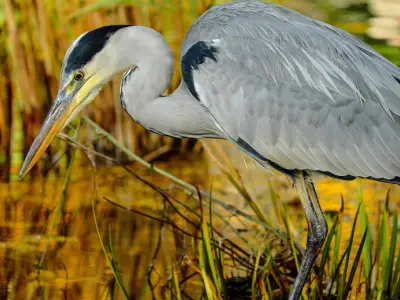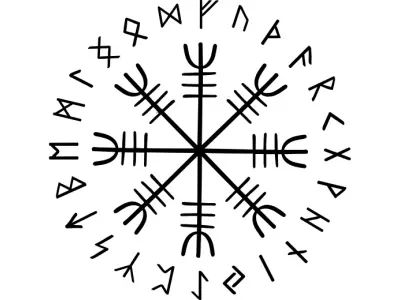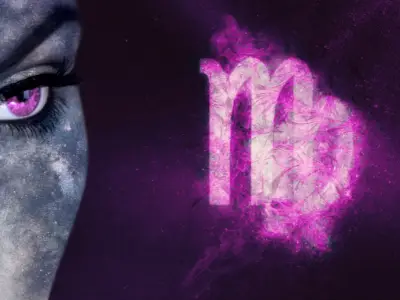Beltane, also known as Beltaine, is a celebration steeped in history, magic, and rich pagan traditions. If you’ve ever wondered about the meaning of Beltane, its origins, or how you might celebrate it, this guide will take you through everything you need to know. Whether you’re planning to attend a Beltane festival like the famous Edinburgh Beltane Fire Festival or looking for ways to mark the occasion at home, we’ve got you covered.
Jump to:
Recommended for you!
Best SellersWhat is Beltane?
Beltane, meaning "bright fire" in Gaelic, is a traditional pagan fire festival celebrating the arrival of summer. Its roots lie in Celtic traditions, marking a time of fertility, abundance, and the renewal of life. The date of Beltane typically falls on the evening of 30th April through to 1st May, aligning with May Day in modern times.
The spiritual significance of Beltane lies in its connection to the cycles of nature, celebrating the union of the Goddess and the God, symbolising creation and life itself. It’s a time to honour the sun's growing power and the fertility of the earth.
The History and Myth of Beltane
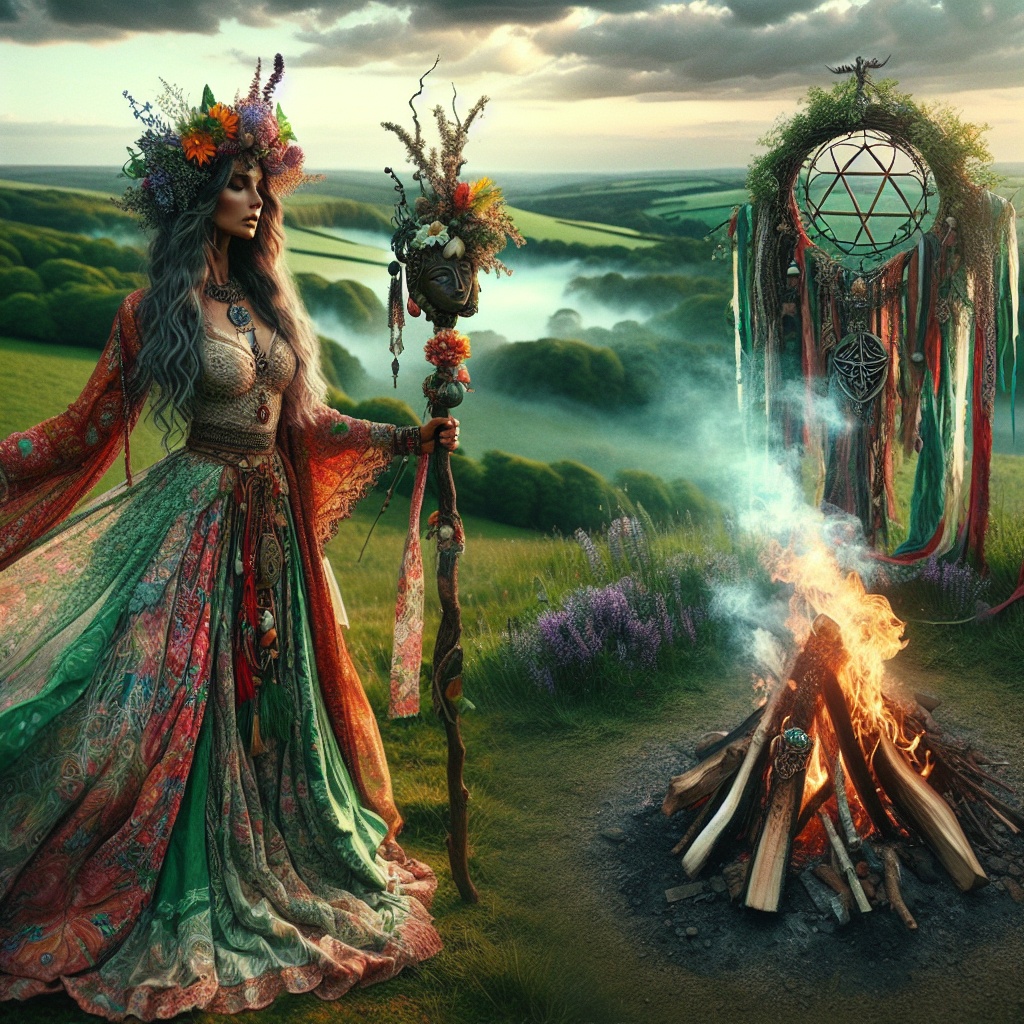
The origins of Beltane trace back to ancient Celtic practices in Ireland, Scotland, and other parts of Europe. Beltane traditions revolved around fire, symbolising purification and protection. Communities would light large bonfires and lead livestock between them, believing the smoke would safeguard animals and people from harm. Lets take a look at its myths and history:
Celtic Origins of Beltane
The origins of Beltane trace back to ancient Celtic practices in Ireland, Scotland, and other parts of Europe. For the Celts, this time of year marked the midway point between the spring equinox and the summer solstice, symbolising the height of spring and the earth’s transition into full fertility. Beltane traditions revolved around fire, a sacred element that was believed to hold purifying and protective qualities.
Large bonfires, known as “bel-fires,” were lit on hilltops, and communities would gather to celebrate. Livestock, which represented wealth and sustenance, was led between the fires to cleanse them of disease and misfortune, ensuring their health and productivity for the year ahead.
The Myth of the May Queen and Green Man
One of the most enduring myths of Beltane involves the union of the May Queen, often seen as an embodiment of the Earth Goddess, and the Green Man, a symbol of fertility, growth, and the vitality of nature. Their symbolic marriage represents the harmonious balance of masculine and feminine energies, the spark of creation, and the promise of abundance. This sacred union was reenacted in rituals and dances to honour the forces of nature and encourage a successful harvest.
Beltane and Nature Spirits
In addition to its agricultural importance, Beltane was also seen as a time when the veil between worlds was thin, similar to Samhain. However, rather than focusing on the spirits of the dead, Beltane celebrated the fae and other nature spirits, who were believed to be particularly active during this time. Offerings of food, flowers, or milk were often left for these spirits to ensure their favour and protection.
How Beltane is Celebrated Today
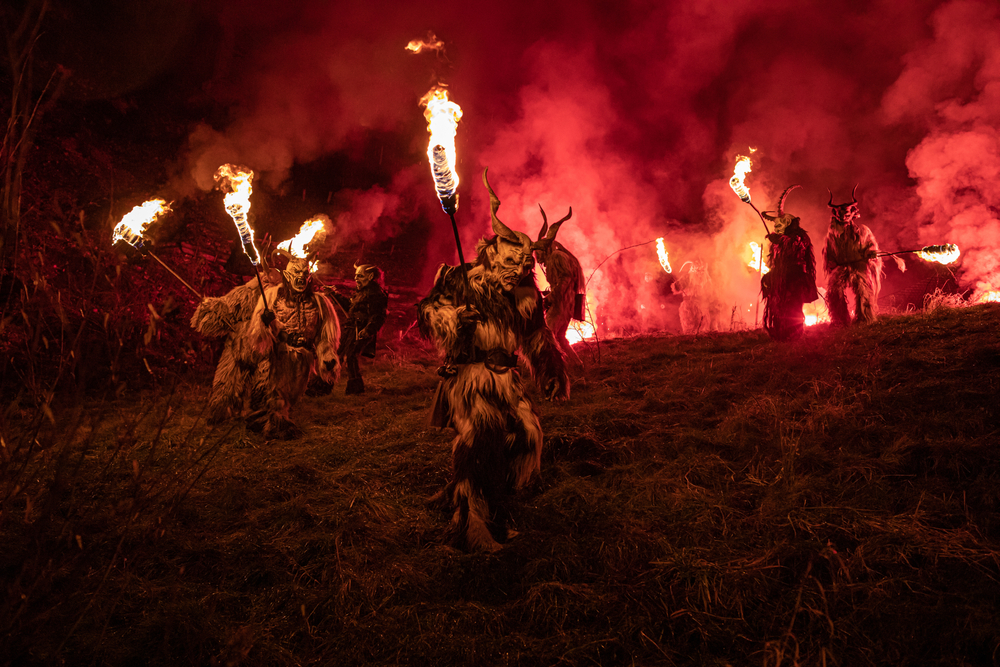
Beltane has evolved over the centuries, blending ancient traditions with modern interpretations. Today, it remains a vibrant celebration of fire, fertility, and community, observed in both traditional and contemporary ways.
Traditional Beltane Rituals
Beltane rituals often include lighting bonfires, dancing, and making offerings to nature. In pagan practice, the Beltane burning ritual involves jumping over small fires or candles to symbolise purification and invite blessings for the year ahead.
Druids celebrate Beltane by holding sacred ceremonies, honouring nature, and invoking the elements. For modern pagans, Beltane celebrations might include creating an altar adorned with seasonal flowers, performing fertility rituals, or hosting community gatherings.
Modern Beltane Festivals
Perhaps the most famous Beltane festival today is the Edinburgh Beltane Fire Festival, held annually on Calton Hill in Scotland. This vibrant celebration features fire performances, drumming, and symbolic re-enactments of the May Queen and Green Man story.
Dressing for the festival often involves wearing flowing garments in red, orange, and white to reflect the fire theme. Flower crowns, especially those made with hawthorn or daisies, are popular accessories, connecting participants to the ancient Beltane traditions.
Symbols, Colours, and Crystals of Beltane
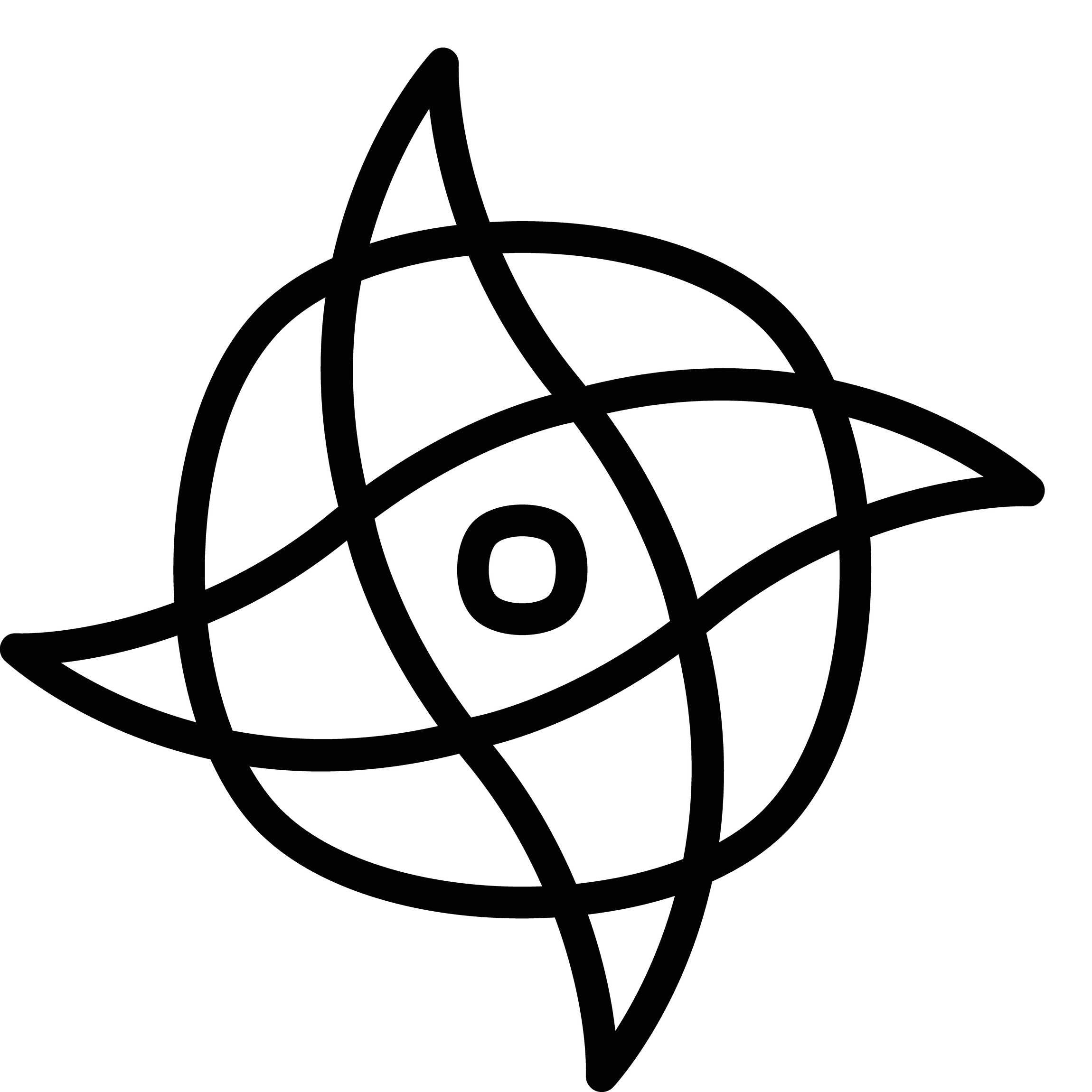
The symbols, colours, and crystals of Beltane reflect the season's energy and the themes of fertility, renewal, and celebration. Each element used in Beltane practices carries its own unique meaning, enhancing the vibrancy and intention of the festival.
Beltane Symbols
Common symbols associated with Beltane include:
- Fire: Representing purification, passion, and life
- Flowers: Symbolising fertility and beauty. Hawthorn, daisies, and primroses are especially significant
- The Maypole: A central feature in many celebrations, representing the unity of masculine and feminine energies
Colours of Beltane
The colours of Beltane mirror the vibrancy of the season, with red, orange, yellow, and green taking centre stage. These hues represent fire, fertility, and the lush growth of spring.
Crystals for Beltane
Crystals like carnelian, garnet, and clear quartz are often used in Beltane rituals to enhance energy, passion, and clarity. They can be placed on an altar or carried to connect with the festival’s fiery and fertile energies.
How to Celebrate Beltane at Home
If attending a large festival isn’t possible, there are many ways to mark the occasion:
- Create a Mini Maypole: Decorate a stick with ribbons and flowers to honour the tradition.
- Light a Candle: Represent the Beltane fires by lighting candles and focusing on your intentions.
- Decorate Your Space: Use fresh flowers and greenery to bring the outdoors inside.
- Prepare a Feast: Enjoy seasonal foods like honey, dairy, and fresh fruit.
Beltane blessings can also be shared by simply taking a moment to appreciate nature, expressing gratitude, and setting intentions for growth and abundance.
Recommended for you!
Best SellersFrequently Asked Questions about Beltane
What is the Goddess associated with Beltane?
Beltane often honours fertility deities, with the May Queen being a central figure. She represents the Earth Goddess in her fertile, life-giving aspect. The Green Man or the Horned God is also celebrated as her counterpart.
How long does the Beltane festival last?
Traditionally, Beltane celebrations begin on the evening of 30th April and continue into 1st May. Some modern celebrations may extend over several days, especially larger festivals like the Edinburgh Beltane Fire Festival.
What are Beltane blessings?
Beltane blessings are expressions of gratitude, wishes for fertility, abundance, and protection. Common phrases include "Blessed Beltane!" or personalised blessings to honour the season and its energies.
What should I wear to a Beltane fire festival?
Clothing for Beltane fire festivals often reflects the themes of fire and fertility. Flowing garments in red, orange, yellow, or green are popular. Many people also wear flower crowns or adorn themselves with natural elements like leaves or flowers.
How can I involve children in Beltane celebrations?
You can involve children by creating simple and fun activities such as decorating a mini Maypole, making flower crowns, or having a picnic with seasonal foods. Storytelling about Beltane myths and traditions is another engaging way to include them.
What foods are traditional for Beltane?
Traditional Beltane foods include honey, dairy products, fresh fruits, and baked goods. Seasonal dishes or meals using locally sourced ingredients are a wonderful way to celebrate the festival.
What is the difference between Beltane and Samhain?
Beltane and Samhain are opposites on the Wheel of the Year. While Beltane celebrates fertility, light, and the arrival of summer, Samhain marks the end of the harvest season, the beginning of winter, and a time to honour ancestors and the dead.
What rune is associated with Beltane?
The rune Berkano (ᛒ) is often associated with Beltane due to its connection to fertility, growth, and renewal. It symbolises the birch tree and the cycle of life.
Are there specific chants or prayers for Beltane?
There are no strict rules for Beltane prayers or chants, but many pagans use invocations to honour the elements, the sun, the Goddess, and the God. Personalised prayers expressing gratitude and intentions for growth are also common.
How does Beltane align with astrology?
Beltane typically falls in Taurus season, an astrological time associated with earthiness, fertility, and abundance. The festival’s themes align with Taurus' focus on grounding, beauty, and connecting with nature.
Is Beltane celebrated worldwide?
While Beltane originates from Celtic traditions, modern pagan and Wiccan communities worldwide celebrate it as part of the Wheel of the Year. Each group may adapt the traditions to reflect their local environment and culture.
Can I celebrate Beltane if I’m not pagan?
Beltane is a joyful celebration of nature, growth, and community, and anyone can participate in its activities, such as lighting candles, enjoying seasonal foods, or simply appreciating the beauty of the natural world.
Study Paganism for £29
If you’re inspired by the magic and traditions of Beltane, the Paganism Diploma Course from Centre of Excellence is the perfect way to deepen your knowledge. Discover the rich history of pagan festivals, rituals, and beliefs with this fascinating course. For a limited time, you can enrol for just £29!

